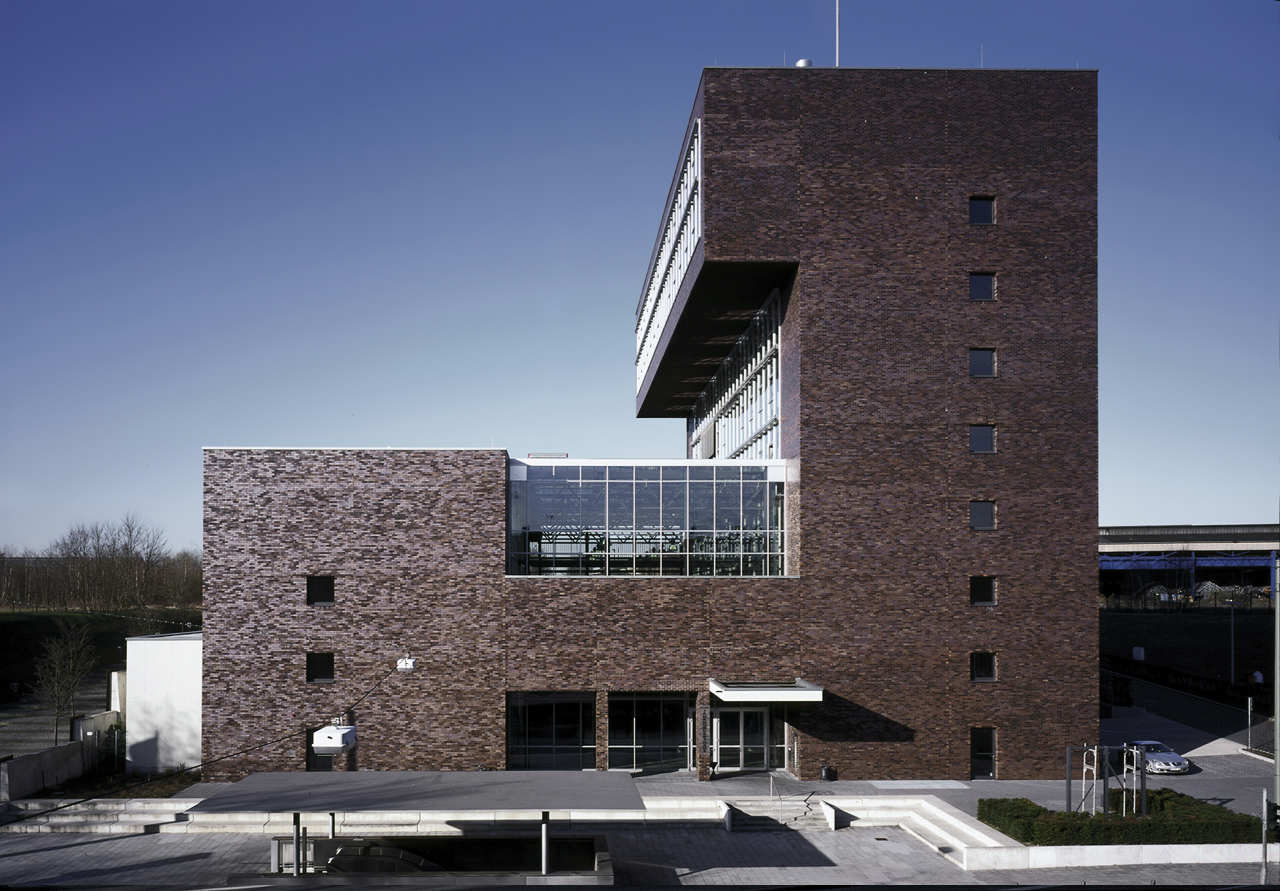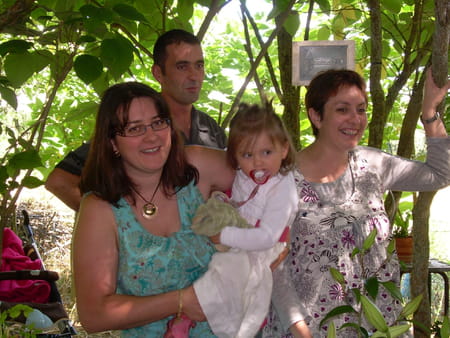
As the Biblical form Shinar indicates the whole of Babylonia, it corresponds with the native (Sumerian) Kingi-Ura, rendered "Sumer and Akkad," from which, by changing "K" into "Sh" (found in Sumerian), Shinar may have been derived, but this explanation is not free from difficulties. The Greek form Sen(n)aar shows that, at the time the Septuagint translation was made, there was no tradition that the `ayin was guttural, as the supposed Babylonian forms would lead us to expect. The northern tract was called Akkad, after the name of its capital city (see ACCAD). The principal difficulty lies in the fact that what might be regarded as the non-dialectical form singar (which would alone furnish a satisfactory basis of comparison) is not found, and would, if existent, only apply to the southern portion of Babylonia. Though sometimes identified with the Babylonian Sumer, the connection of Shinar with that name is doubtful. In 11:2 Shinar is described as the land of the plain where migrants from the East settled, and founded Babel, the city, and its great tower. In Genesis 10:10 it is the district wherein lay Babel, Erech, Accad, and Calneh, cities which were the "beginning" of Nimrod's kingdom. The name given, in the earliest Hebrew records, to Babylonia, later called Babel, or the land of Babel (babhel, 'erets babhel). The First Nation to Use Writing in Western Asia The Sumerians Probably in Shinar before the Semitesġ2.



The Testimony of the Sculptures, etc., to the RaceĨ.


 0 kommentar(er)
0 kommentar(er)
